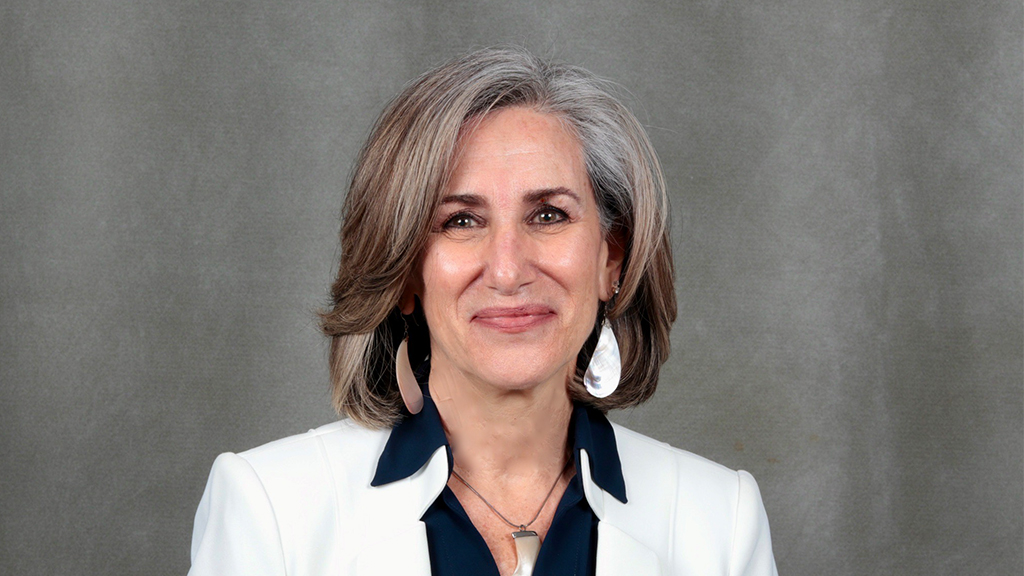
Photo credit: Chris Hiser, School District of Indian River County
Mara Schiff, Ph.D., has nearly 30 years of experience in criminal and juvenile justice research, evaluation, training, and teaching. Her work primarily focuses on using restorative justice to repair harm, emphasize accountability, and improve school culture and climate. An associate professor at Florida Atlantic University, Schiff also is president of PeaceWorks Consulting, vice-president of the National Association for Community and Restorative Justice, and an elected school board member. She will provide a “Stories from the Field” presentation on restorative justice during NSBA’s Equity Online Symposium July 13-14 (https://nsba.org/Events/Equity-Online-Symposium-2021-Summer). Schiff spoke with ASBJ’s Michelle Healy.
(This interview was edited for length and clarity. Schiff does not speak on behalf of the School Board of Indian River County).
What makes restorative justice unique—and valuable?
Restorative work promotes responsibility, accountability, and consequences when harm occurs. It emphasizes understanding who’s responsible for that harm, how it has impacted other parties, and what needs to be done to make things right so that relationships, accountability, and empathy can be repaired to the degree possible, and the behavior is not repeated. A restorative response is fundamentally about building relationships, not about punishment. It’s not about discipline exclusively or about excusing behavior. It’s about how we create relationships where everyone gets a voice, where everyone feels included and valued within a culture and climate that is owned by everyone in a school.
How does restorative justice support equity work?
Because of its emphasis on fostering relationships. We know that students of color are often disciplined more harshly for much less severe offenses than their white peers—often by as much as two to four times the rate as white students. When disciplining kids, we often don’t acknowledge the personal and collective trauma that some kids experience and carry to school. We often don’t recognize the explicit and implicit racial biases that inherently operate in school systems and the impact they have. Or the fact the person who may be accountable for doing harm on Tuesday was harmed on Sunday. When we sit down in a restorative circle, conference, or dialogue, we give people a chance to talk, a chance to tell their story. We can dig deep and elevate awareness among students, teachers, administrators, and school personnel about what’s underneath those behaviors. Then we can create relationships and supports to address those behaviors.
When are restorative practices not an appropriate response?
Safety comes first. Always. There are times when you can’t sit down and have a rational and empathetic conversation if people are still embroiled in the distrust and disrespect and the harm they either have experienced or feel towards each other. Sometimes a cooling-off period is needed. Doing this work well and with fidelity requires a tremendous amount of preparation. If you don’t have the time and space to do that preparation, to do the work appropriately and properly, you can potentially do more harm by calling something restorative that fundamentally is not.

Share this content